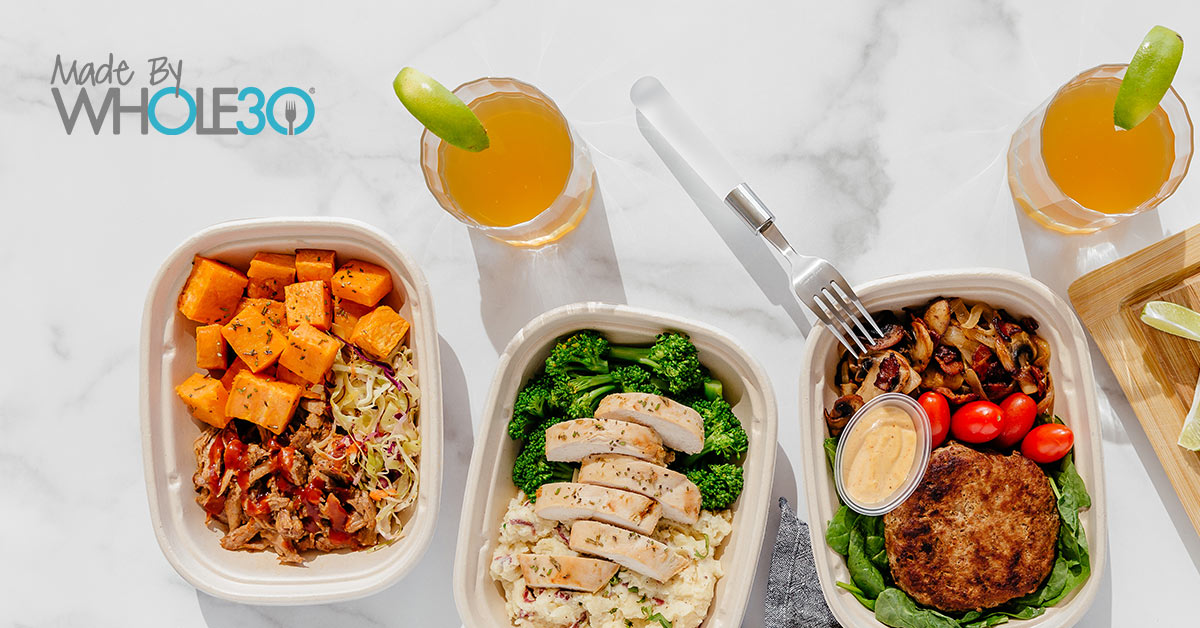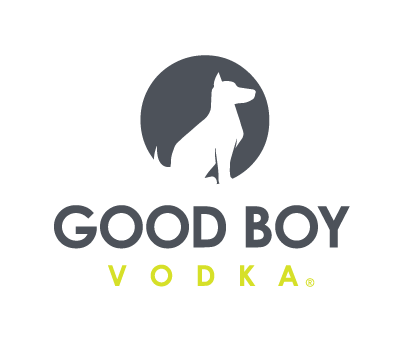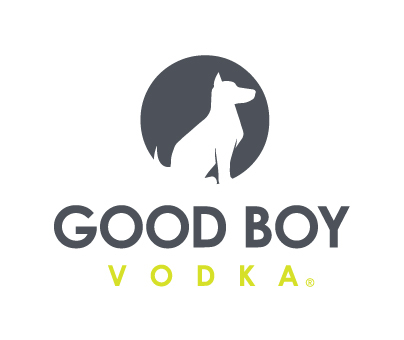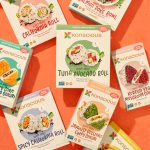Why Whole30 Is Entering The Meal Delivery Game

Shakshuka with roasted potatoes and lemon dill chicken with mashed cauliflower are among the selections offered through a new meal delivery service launched by Whole30, the elimination diet program that nixes grains, dairy, sugar and alcohol.
Made By Whole30 offers a rotating menu of heat-and-eat breakfasts, lunches and dinners. Options vary based on the delivery area and are prepared by a network of chefs, caterers, restaurants and food truck owners in commercial kitchens across the country.
In recent years, Whole30 has partnered with dozens of food and beverage companies to certify products that are compliant with its ingredient standards. Whole30 Approved brands include Aura Bora, Chomps, Fourth & Heart, Haven’s Kitchen and others.
Melissa Urban, co-founder and CEO of Whole30, said the program will continue to nurture its partnerships in the industry while cultivating a “more direct connection with our community” through the meal service.
“By creating our own meal delivery service, we are able to have full control over the branding, the messaging, the ingredients, the portion sizes and the amount of protein,” Urban told Nosh. “We don’t have to worry that a partner is going to start talking about a weight loss effort in January, which isn’t really on brand with what we do at Whole30.”
Whole30 launched its first branded line of products, Made By Whole30 bottled dressings, in 2020 but dropped it last year after supply chain disruptions and increased costs pressured the business, Urban said, adding “it was sucking too much revenue and too many resources away from our main priorities.”
Globally, the meal kit delivery services market was valued at $20.54 billion in 2022, according to Grand View Research, and is forecast to grow at a compound annual growth rate of 15.3% from 2023 to 2030. Millennials and Gen Z consumers are driving adoption.
Meal kit companies have struggled to retain customers, according to The Wall Street Journal, which reported that about 90% of those who tried Hello Fresh, Marley Spoon, Home Chef, Blue Apron or Sunbasket in 2022 canceled their subscriptions within the year. Last year saw a shakeup in the space, when Nestlé halted its Freshly meal delivery operation and the Nestlé-backed food delivery startup Wonder Group acquired Blue Apron for $103 million.
“I think the meal delivery space is going through a bit of a transition and has for a few years,” Urban said. “Consumers want their meal delivery to be easy. They want it to be convenient. They want it to be fast. They don’t want to get a box of ingredients and then have to cook it.”
Meals can be ordered online at meals.Whole30.com and range in price from $12.99 to $17.99 each, plus a delivery fee. A subscription is not required, so users “can just go in and order a week at a time,” Urban noted. An order must include six, eight, 10 or 12 items per delivery.
Menu items are made with protein and produce sourced from local farmers and suppliers.
“We try to source as locally as possible, which means that in California you might have different options than you would in, say, Georgia, and that’s so the chef can replicate menus that are local, that are seasonal, that are more fresh, that they’re familiar with working with,” Urban said.
Several recipes are reimagined spins on “fan favorites” featured in the Whole30 series of books and website, Urban said.
“Because we have such a diverse group of chefs and people making the meal, they’re pulling their own cultural flavors into the dishes,” Urban said.
This past October, the company tested meal delivery among its most engaged followers, gathering feedback and addressing various pain points discovered during the process, including portion sizes and shelf life.
“We undertook some really extensive shelf life testing and as a result we realized that with just a few small modifications, we can actually extend the shelf life of 60% of our meals by three to four more days,” Urban said.
The meals are designed to support consumers wherever they are in the Whole30 journey, whether participating in the thirty-day elimination phase as well as the reintroduction period and beyond.
In just over a month since launch, more than 18,500 Made By Whole30 meals were sold, with an average of 7.9 meals per order, Urban said. Sixty-four percent of customers have placed repeat orders.
“We’ve done our own internal email marketing, we’ve done social media marketing, we did a big push on YouTube and on the website and we’re kind of still riding that wave,” Urban said.“To be perfectly honest, the launch has gone even better than expected.”
As of January 1, Whole30 had 433,000 newsletter subscribers, 907,000 Instagram followers and 714,000 Facebook likes.
“Today, our brand recognition is stronger than ever, and it only makes sense to capitalize on that where and when we can,” Urban said, noting the Whole30 logo “transcends the program itself by informing consumers at-a-glance” that a product is free of specific ingredients.
“These meals serve a population that goes well beyond people doing a Whole30,” she said.

















